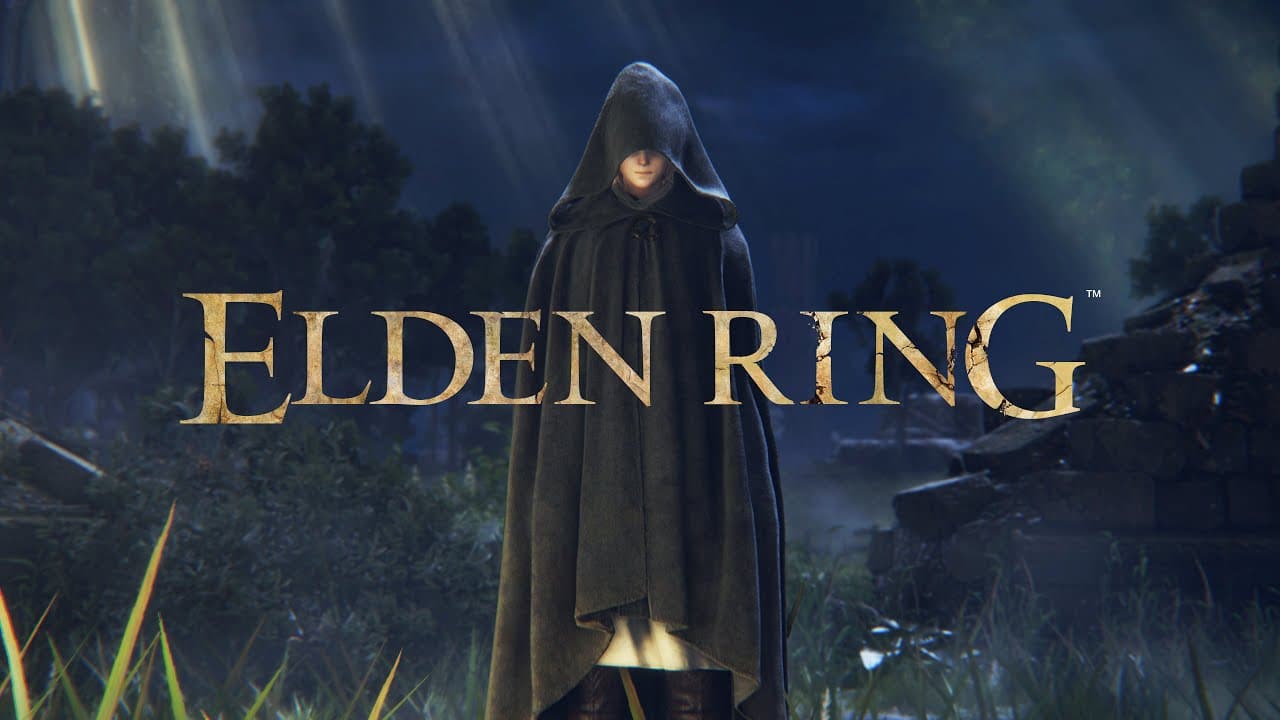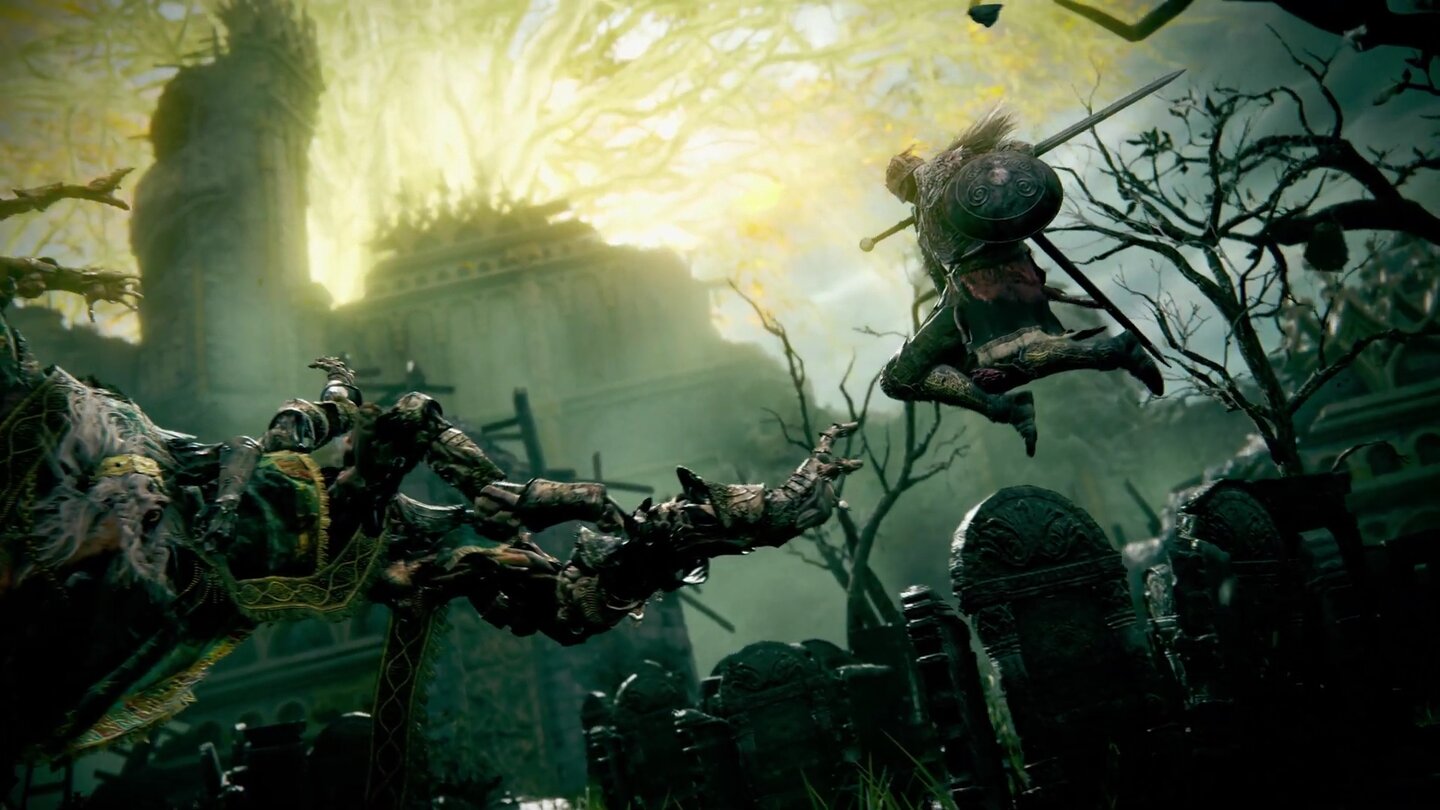
Once you understand the language of Dark Souls, it's clear where you should head next in its more contained world and where you shouldn't. That's one of the reasons Dark Souls worked better with carefully crafted boundaries. It makes sense from my character's perspective-she's intruding on the land that exiled her-but for me, inscrutable encounters with high-health enemies felt like hitting an MMO level gate, except that because this is a Souls game, I couldn't tell whether I was expected to spend hours mastering these fights or leave them until later. I spent much of Elden Ring unsure of how strong my character was and where I could go. One pocket of land might house undead soldiers who fall to pieces with a poof of magic, while another one might contain ruthless giants who can shrug off an axe cleaved into their side. Elden Ring remained hostile for the 60 hours I've put into it, making the trek through it occasionally frustrating and directionless. This glacial progression makes some bosses, whether within one of Elden Ring's tough "Legacy" dungeons or out in the world, seem insurmountable without another player splitting the attention of the boss so that, for at least a moment, you can squeeze a hit in. They're all fun to play with while fighting weaker enemies out in the open world, but when it comes time to fight inside one of the game's "Legacy" dungeons, which are essentially Dark Souls levels set in castles and swamps, they don't often make a clear difference. There are weapons and shields that confer unique powers, such as a shield that deflects magic back at enemies or a sword that flings out a blade projectile after a short charge up. I defeated creatures on the surface and underneath the Lands Between, picked up useful items and gear, and upgraded my kit with the blacksmith, but none of that prepared me for Elden Ring's biggest threats.

I spent hours prodding at the autumnal landscapes of Limgrave and Liurnia and didn't meaningfully raise my stats enough to withstand more than a swing from one of the two early major bosses. It's the scale of it that tricks you into thinking it's gentler at first.
#Elden ring game series#
Elden Ring echoes some of the best fights in the series with towering bosses and groups of enemies that force you to make snap judgments about which to prioritize, but it also echoes some of the worst, giving its late-game enemies and bosses so much health that beating them can be laborious instead of fun. These games are compelling because it rarely feels like the enemies use a different ruleset than you, so when you find a way to eke out a win, whether it's through magic spells or explosive bombs, it's like you outsmarted a dungeon master. In action, it's almost turn-based as you make your move and wait for the enemy to make theirs. The best Elden Ring fights, like the best Souls fights, ask that you study the way an enemy lunges at you and look for openings to punish them when they miss. You swing, the enemy swings, and both of you can interrupt each other's attacks with acute timing. Because of the open world, there are opportunities to circumvent some of the third-person, hack-and-slash fights that would eviscerate you in another Souls game, but it's still difficult-for me, one of the most difficult FromSoftware games.Įlden Ring features the same deliberate combat that's now conventional for these types of games, except here it's fully refined.



Elden Ring's first few hours might remind you of gentler times in a game like Breath of the Wild, but no, FromSoftware has not abandoned its traditional brutality.


 0 kommentar(er)
0 kommentar(er)
